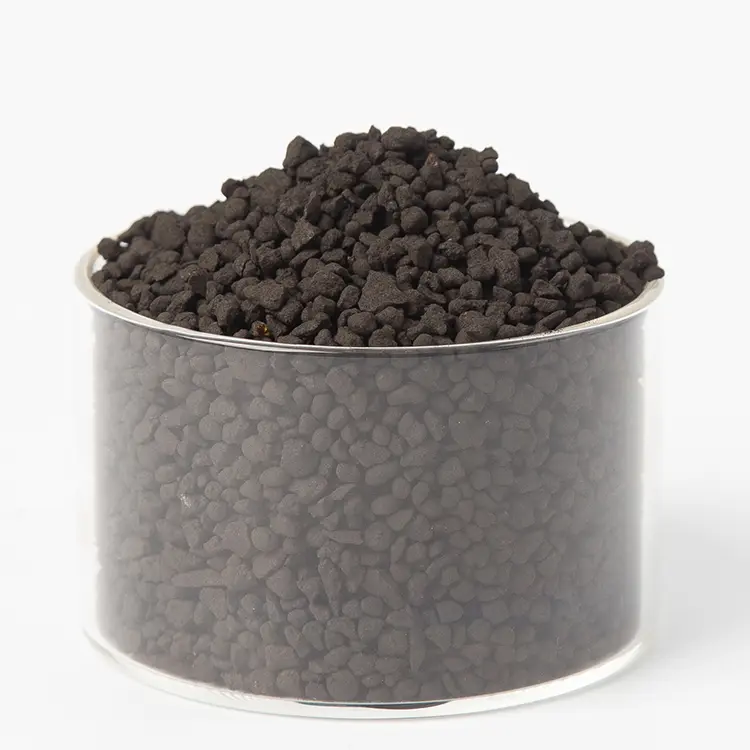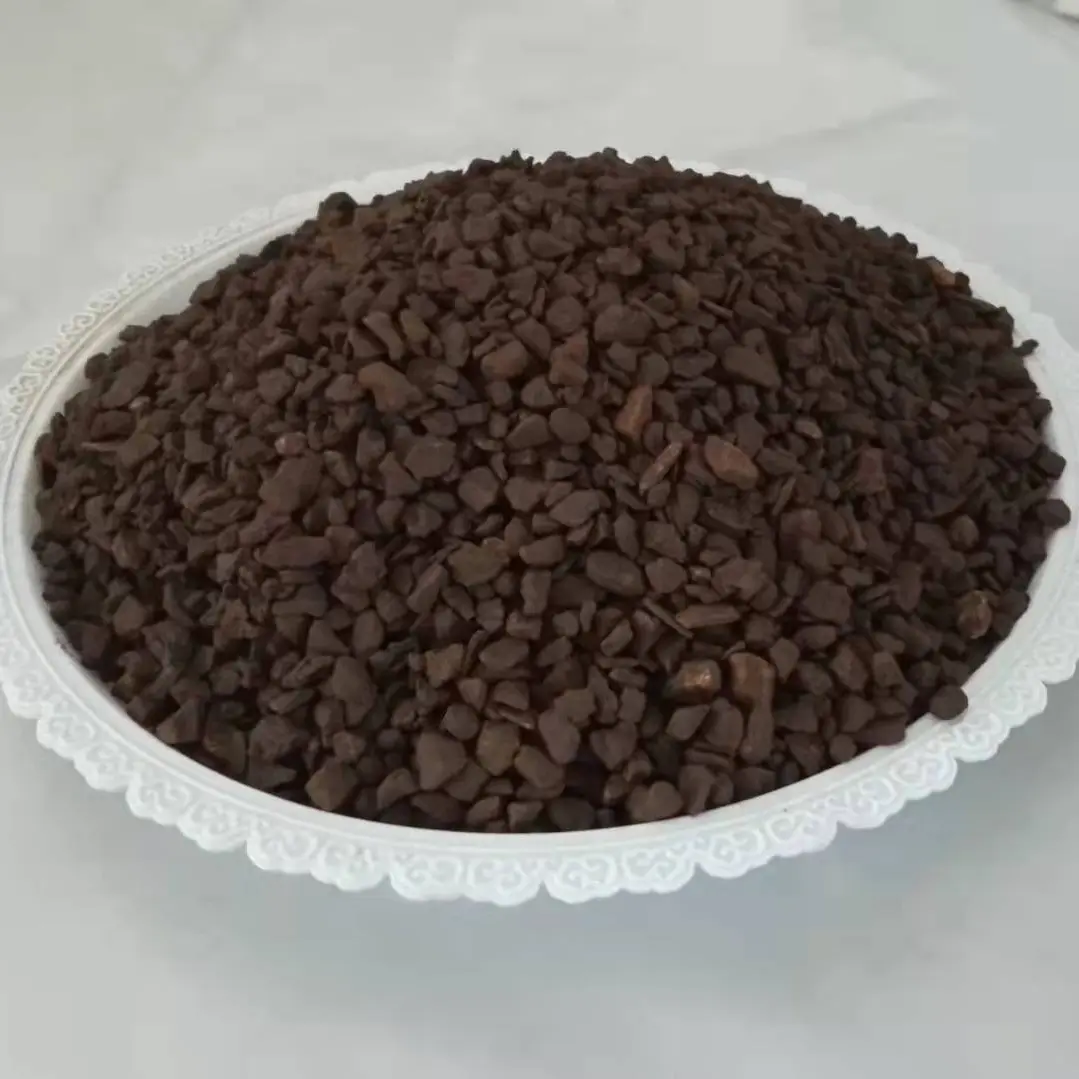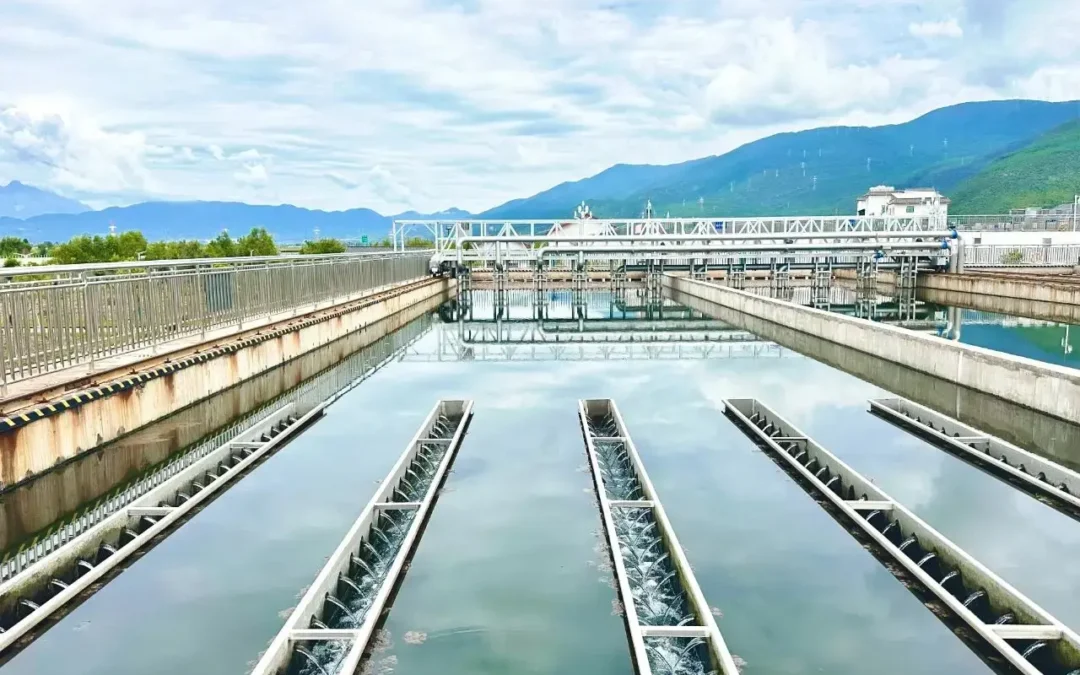Water treatment plays a critical role in ensuring clean, safe water for consumption and industrial applications. As the demand for efficient filtration technologies grows, manganese sand filter media has emerged as a reliable solution for removing contaminants like iron, manganese, and hydrogen sulfide. This blog provides an overview of manganese sand filter media, its key applications, and guidelines on selecting the right product to meet your business needs.
Keytakeaways: water treatment, how to choose manganese sand filter media
Manganese sand filter media is a specialized filtration material made from natural sand enriched with manganese oxide. This media is used primarily for removing iron, manganese, and other harmful contaminants from water. It has excellent physical and chemical properties, including:
- Porosity and Surface Area: High porosity allows for more effective filtration and greater capacity for adsorbing impurities.
- Oxidizing Properties: Manganese oxide reacts with iron and manganese ions, oxidizing them into particles that can be filtered out of the water.
- Durability: Manganese sand has a long lifespan, providing long-term filtration without needing frequent replacements.
The filtration process involves the manganese oxide-coated sand particles interacting with contaminants in the water, causing oxidation and filtration through physical media.
3. Main Applications of Manganese Sand Filter Media
Manganese sand filter media is versatile and can be applied in various sectors:
- Drinking Water Treatment: It efficiently removes dissolved iron and manganese, which can cause discoloration and unpleasant taste in drinking water.
- Industrial Water Treatment: It is commonly used to treat wastewater in industries like mining, textiles, and manufacturing, where high levels of iron or manganese could damage equipment or hinder production.
- Agricultural Water Treatment: Manganese sand is used in irrigation systems to remove contaminants that could affect crop growth.
These applications are essential for ensuring water safety, meeting regulatory standards, and reducing the risk of costly equipment damage or waterborne diseases.
4. Advantages of Manganese Sand Filter Media
- Effective Contaminant Removal: Manganese sand is particularly efficient at removing dissolved iron and manganese from water, providing clear, clean water without the metallic taste or staining common with these elements.
- Cost-Effective: Compared to other filtration media, manganese sand is relatively inexpensive, offering a low-cost solution for water treatment without compromising performance.
- Durability and Longevity: Manganese sand is durable and can be used over extended periods, reducing the frequency of replacement and minimizing maintenance costs.
- Low Maintenance: It requires minimal upkeep and is easy to regenerate, which reduces operational costs for businesses using it in large-scale systems.

5. How to Choose the Right Manganese Sand Filter Media?
Selecting the correct manganese sand filter media is critical to ensuring optimal water treatment results. Here are several factors to consider when making your choice:
a) Particle Size and Granulation
Manganese sand is available in different particle sizes. The appropriate granulation depends on the water’s flow rate and the size of contaminants being targeted. Fine-grained manganese sand offers a larger surface area for filtration but can increase pressure loss in high-flow systems. Coarser sand provides lower pressure loss but may be less effective at capturing fine particles.
Application Example:
In a municipal water treatment plant with a high flow rate, coarser manganese sand (1.5–2.5 mm) may be chosen to balance filtration performance and operational efficiency. For smaller systems or residential applications, finer granulation (0.5–1 mm) might be more suitable.
b) Contaminant Levels
Before selecting manganese sand, it’s essential to test the water’s contamination levels, particularly iron and manganese. High concentrations of these metals will require a higher-quality filter media with greater oxidative capacity. The filtration system’s capacity to handle specific contaminants should align with the level of filtration needed.
Case Study:
A water treatment company serving a mining community in South America faced high concentrations of manganese in its local water supply (up to 10 mg/L). By selecting a higher-oxide content manganese sand with a larger particle size, they were able to reduce manganese concentrations to below the WHO recommended level (0.05 mg/L) while maintaining efficient water flow.
c) Filtration Capacity and Flow Rate
The filtration capacity of manganese sand is influenced by its grain size, the water’s turbidity, and the volume of water being treated. For systems handling large volumes of water or high contaminant concentrations, selecting a media with higher filtration capacity ensures long-term effectiveness.
Performance Data:
Manganese sand with a 1.5–2.0 mm particle size typically allows a flow rate of 10-15 m³ per square meter per hour. For highly contaminated water, additional filtration stages may be necessary, or a denser media might be required to achieve optimal filtration.
d) Regeneration and Reusability
One of the significant benefits of manganese sand is its reusability. As it gets saturated with contaminants, it can be regenerated using an oxidizing agent like chlorine or potassium permanganate. This makes manganese sand a cost-effective option for large-scale operations.
Example of Regeneration:
A large-scale wastewater treatment plant in a factory environment regenerates its manganese sand filters every 6-12 months. The regeneration process restores the media’s ability to efficiently remove contaminants and extends its operational life, providing long-term cost savings.
e) Quality and Certification
Ensure that the manganese sand is sourced from a reliable supplier with certifications confirming its quality and compliance with industry standards. Look for suppliers that conduct rigorous quality control tests to verify the sand’s ability to perform under varying conditions.
learn more:
6. Purchasing Manganese Sand Filter Media: Procurement Tips
When procuring manganese sand filter media for your business, consider the following:
- OEM Services: Look for suppliers who offer customized filtration media to suit your specific water treatment needs, whether that involves special granulation, packaging, or additional processing.
- Supplier Reputation: Choose a supplier with a proven track record in the water treatment industry. Their expertise and reliability can ensure your long-term success.
- Cost and Bulk Purchasing: Consider buying in bulk for significant cost savings. Bulk purchasing also guarantees consistent quality across large-scale filtration systems.

7. Conclusion
Manganese sand filter media is an essential tool for businesses in industries ranging from municipal water treatment to manufacturing and agriculture. Its cost-effectiveness, durability, and ability to remove iron, manganese, and other contaminants make it a top choice for a wide range of applications. When selecting manganese sand, consider factors like particle size, contaminant levels, filtration capacity, and reusability to ensure optimal performance. Working with an experienced supplier ensures you get high-quality, tailored solutions for your water treatment needs.
For more information or to discuss how manganese sand filter media can benefit your business, feel free to contact us today.

I am Edward lee, CEO of BTLnewmaterial, an engineer and international sales with more than 10 years experience
reach me to discuss more custom solutions for your business.
